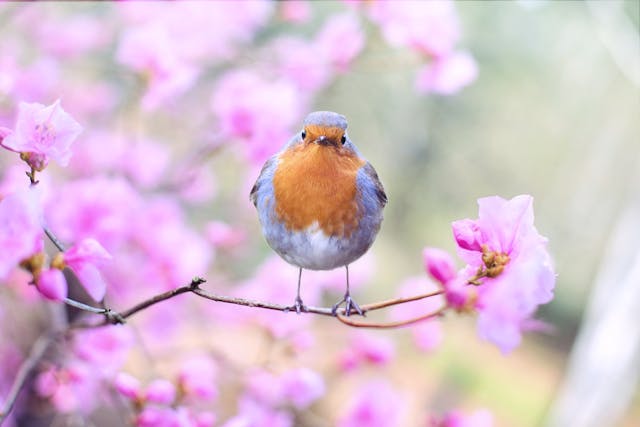As nature awakens with the arrival of spring, so too does the specter of seasonal allergies, casting a shadow over the beauty of the season for many. With pollen in the air and allergens abound, millions find themselves grappling with sneezing fits, itchy eyes, and other bothersome symptoms. In this comprehensive guide, we delve into the intricacies of spring allergies, from their symptoms and causes to strategies for relief and additional factors to consider.
Common Symptoms of Spring Allergies:
1. Sneezing: A hallmark symptom of spring allergies, triggered by the body’s immune response to allergens such as pollen.
2. Runny or Stuffy Nose: Nasal congestion or discharge is common, making breathing difficult and uncomfortable.
3. Itchy, Watery Eyes: Allergens can irritate the eyes, leading to itchiness, redness, and excessive tearing.
4. Coughing and Wheezing: In some cases, allergens can exacerbate respiratory issues, causing coughing fits or wheezing, particularly in individuals with asthma.
5. Fatigue: Allergies can leave individuals feeling tired and lethargic due to the body’s immune response and disrupted sleep patterns.
Causes of Spring Allergies:
1. Pollen: Trees, grasses, and weeds release pollen into the air as part of their reproductive cycle, triggering allergic reactions in susceptible individuals.
2. Mold Spores: Increased humidity levels in spring provide conducive conditions for mold growth, with mold spores becoming airborne and exacerbating allergies.
3. Outdoor Allergens: Aside from pollen and mold, outdoor allergens such as dust and insect stings can also provoke allergic reactions during spring.
4. Indoor Allergens: While spring heralds a return to outdoor activities, indoor allergens like dust mites, pet dander, and mold can persist and contribute to allergy symptoms.
Relief for Spring Allergy Symptoms:
1. Over-the-Counter Medications: Antihistamines, decongestants, and nasal corticosteroids can help alleviate symptoms such as sneezing, congestion, and itching.
2. Nasal Irrigation: Neti pots or saline nasal sprays can flush out allergens and ease nasal congestion, providing relief from symptoms.
3. Allergy Shots (Immunotherapy): For individuals with severe allergies, allergy shots administered over time can help desensitize the immune system to specific allergens, reducing symptom severity.
4. Avoidance Strategies: Minimizing exposure to allergens by keeping windows closed, using air purifiers, and avoiding outdoor activities during peak pollen times can mitigate symptoms.
Other Factors to Consider:
1. Weather Patterns: Windy days can exacerbate allergy symptoms by dispersing pollen and other allergens more widely, while rainy weather can temporarily alleviate symptoms by washing allergens out of the air.
2. Cross-Reactivity: Some individuals may experience cross-reactivity between certain allergens, such as birch pollen and certain fruits or vegetables, leading to oral allergy syndrome.
3. Secondary Complications: Untreated allergies can increase the risk of sinus infections, ear infections, and exacerbations of asthma, underscoring the importance of proactive management.
4. Consultation with Healthcare Professionals: Individuals experiencing severe or persistent allergy symptoms should seek guidance from allergists or immunologists to develop personalized treatment plans tailored to their needs.
Embracing Spring with Confidence:
While spring allergies may cast a pall over the season for many, understanding their symptoms, causes, and relief strategies empowers individuals to navigate this time of year with confidence and resilience. By taking proactive measures to manage allergies and seeking professional guidance when needed, individuals can embrace the beauty of spring while minimizing the impact of seasonal allergens on their health and well-being.

